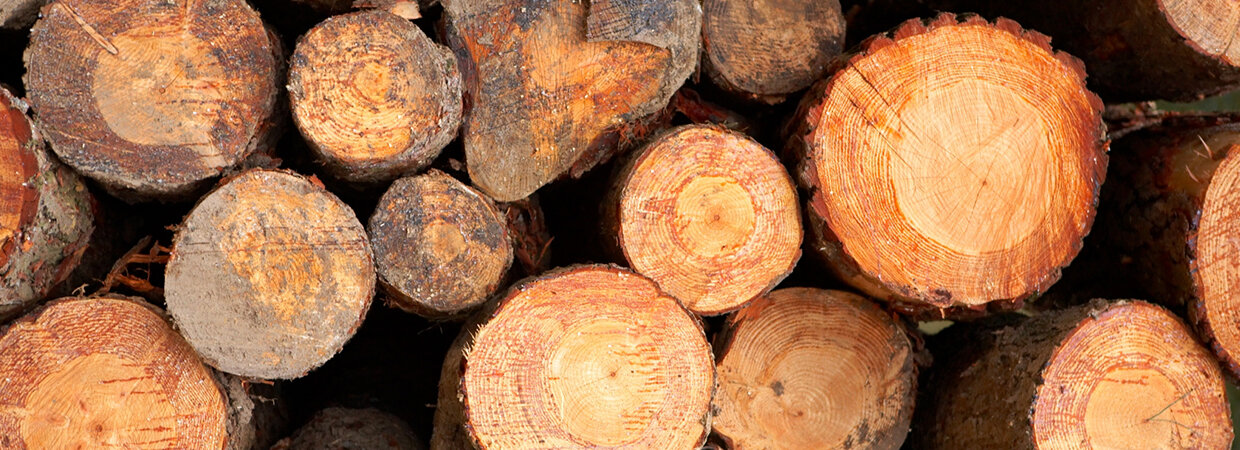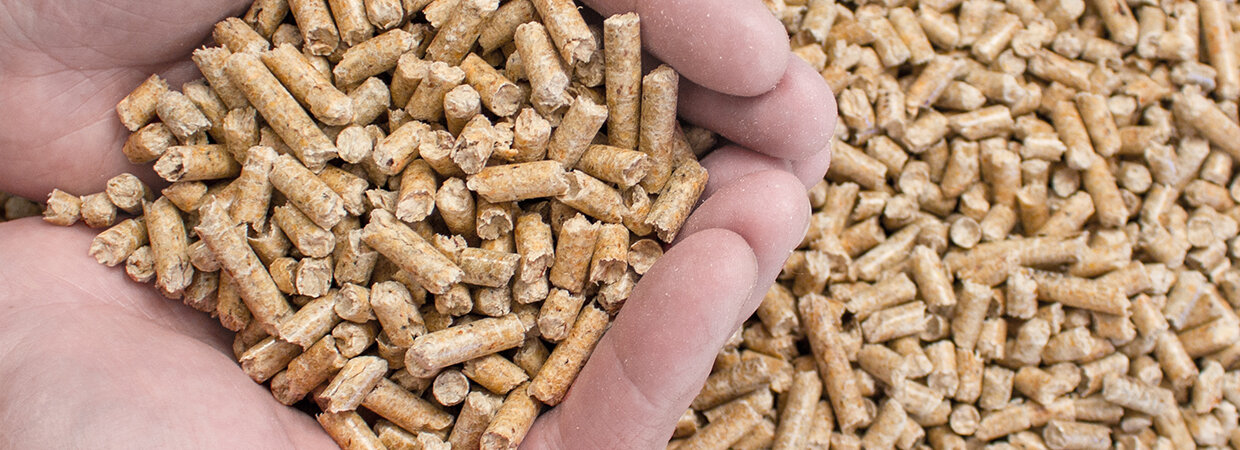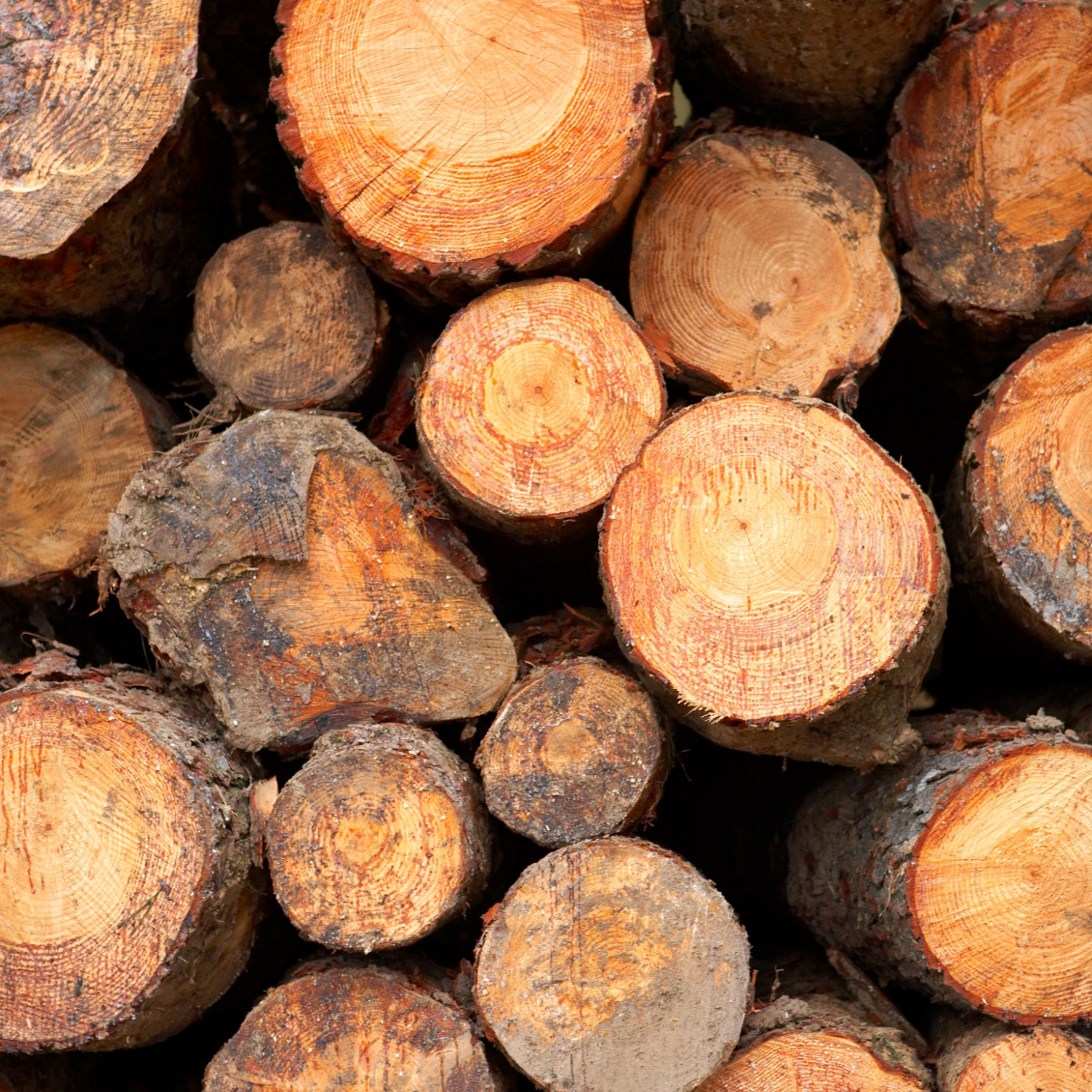What can I burn in my Lohberger cooker?
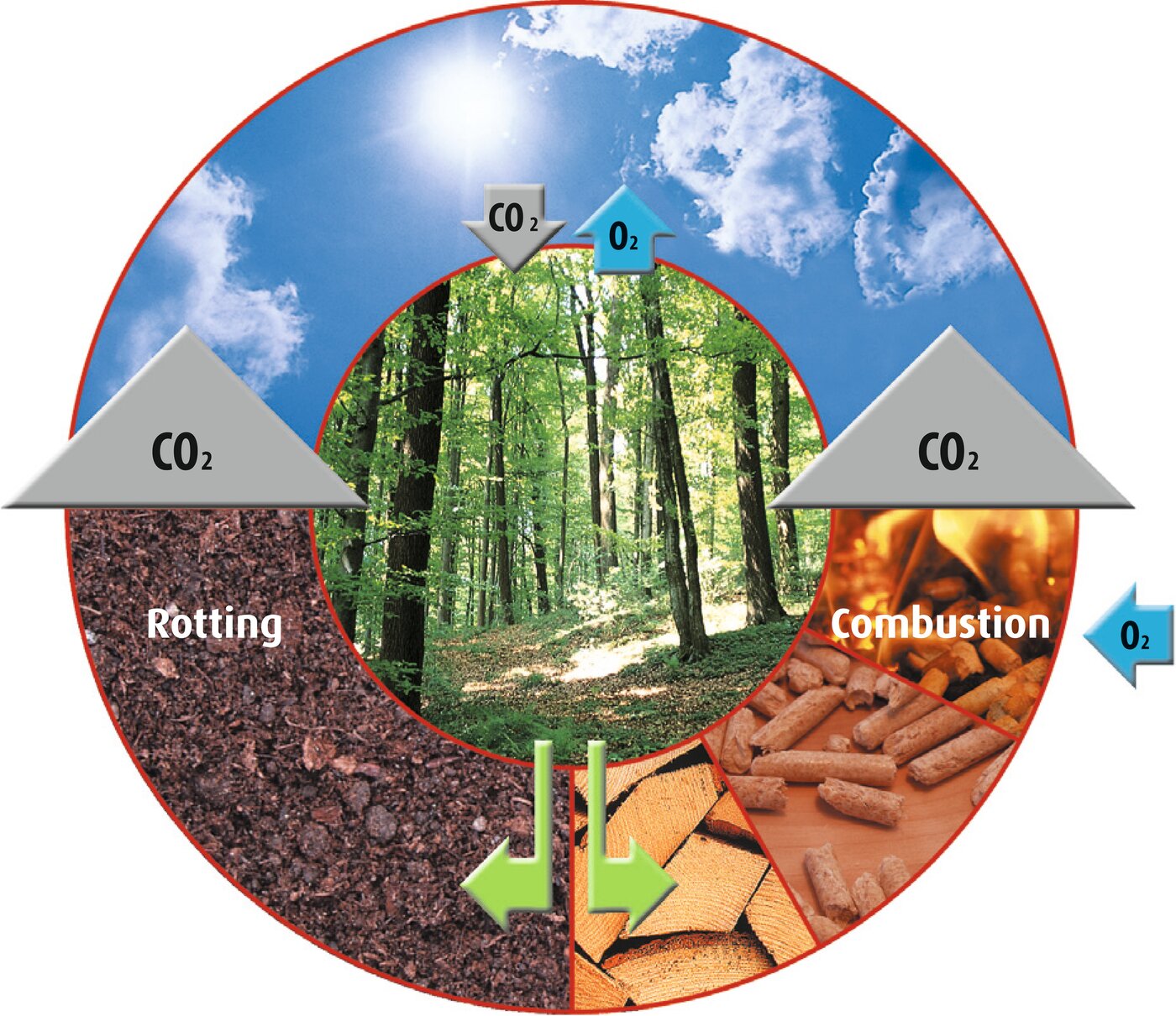
The vital difference between wood biomass and fossil fuels is one of time scale.
Wood is a carbon based biological material derived from living or recently living organisms. In the context of wood biomass for fuel this is often used to mean plant based material such as trees or crops.
Wood biomass can be harvested on a sustainable basis as part of a constantly replenished crop; CO2 is taken out of the atmosphere as the plant grows, at the same time as it is released by combustion of the previous harvest. This process is often referred to as being CO2 Neutral.
This maintains a CLOSED CO2 CYCLE with no net increase in atmospheric CO2 levels. Fossil fuels such as coal, oil and natural gas are also derived from biological material, but crucially, material that absorbed CO2 from the atmosphere many millions of years ago. As fuels they offer high energy density, but making use of that energy involves releasing CO2 during the burn period which was captured over a very long period of time, resulting in increased atmospheric concentrations.
Fossil fuels will in time become more difficult to obtain, more expensive, and finally run out.
The wood burning appliances use fuel in the form of wood logs, wood pellets and there are products to burn each type.
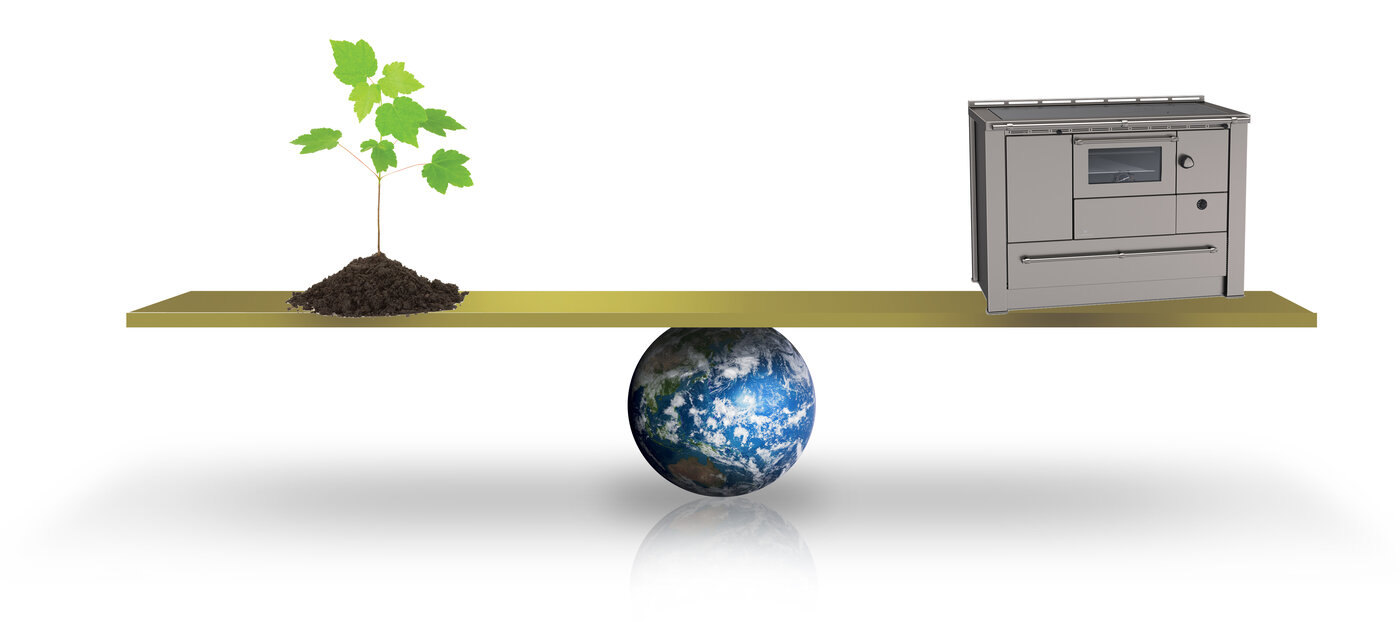
Wood can replace fossil fuel which will help the environment by reducing the amount of CO2 in the atmosphere.

